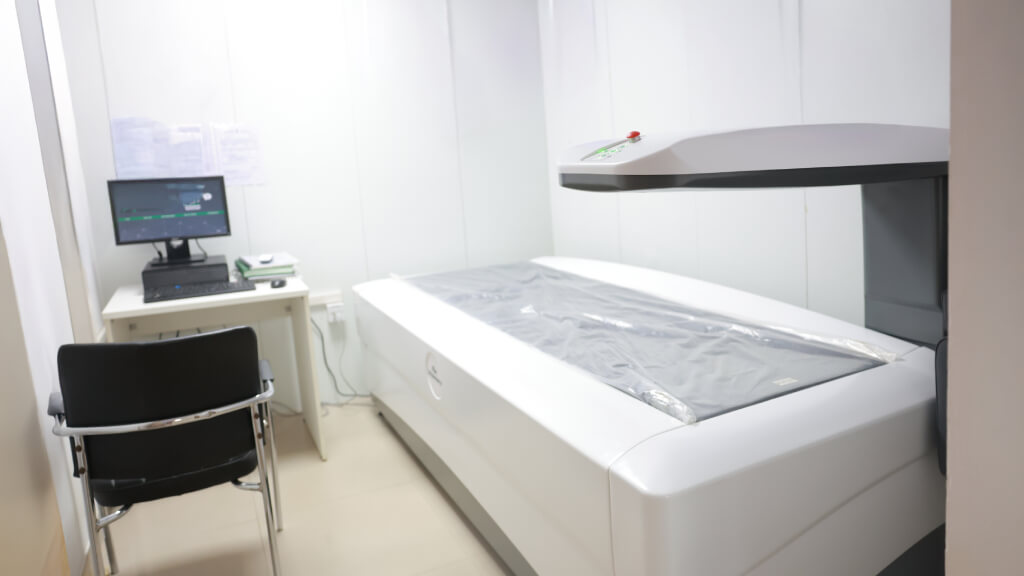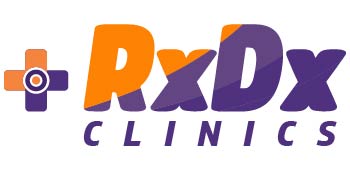TMJ (Temporomandibular Joint) dysfunction is a condition where the jaw joint — which connects your jaw to your skull — becomes painful, stiff, or makes clicking/popping sounds. It can affect chewing, talking, or even yawning.Prevalence TMJ disorders affect up to...
Tigger Finger: A Catching Finger You Shouldn’t Ignore
What is Trigger Finger? Trigger Finger, also known as stenosing tenosynovitis, is a condition where one of your fingers gets stuck in a bent position and may suddenly snap straight, like a trigger being released. This happens due to inflammation or thickening of the...
Dynamic Taping vs Kinesio Taping: What’s the Difference?
What is Taping? Taping in physiotherapy is the application of elastic or rigid tape to the body to support joints, muscles, and soft tissues during recovery or physical activity. It helps in pain relief, injury prevention, and performance enhancement.What is Athletic...
Shin Splints (Medial Tibial Stress Syndrome)
What is Shin Splints? Shin Splints, medically known as Medial Tibial Stress Syndrome, refers to pain felt along the inner edge of the shinbone (tibia). It commonly occurs due to repetitive stress on the shinbone and surrounding tissues, especially during running or...
Rehabilitation after Total Knee Replacement (TKR)
Total Knee Replacement (TKR) is a surgery where a damaged or worn-out knee joint is replaced with an artificial one to reduce pain and improve mobility. Rehabilitation is the process of guided physical recovery that helps a person regain strength, flexibility, and...
Quadriceps Tendinopathy: A Physiotherapy Perspective
What is Quadriceps Tendinopathy in Layman Language? Quadriceps tendinopathy is a condition where the tendon connecting the quadriceps muscles (front thigh muscles) to the kneecap becomes irritated or damaged. It leads to pain just above the knee, especially during...
Postural Correction Strategies for Office Workers
Definition in Layman Language Postural problems occur when the body is not aligned properly during sitting, standing, or movement. For office workers, this often means slouching over desks or computers, leading to stiffness, pain, or even long-term musculoskeletal...
Patellofemoral Pain Syndrome (PFPS)
What is Patellofemoral Pain Syndrome (PFPS)? PFPS, often called "runner’s knee," is a condition where you feel pain around or behind the kneecap, especially during activities like climbing stairs, squatting, running, or sitting for long periods. It happens when the...

From Diagnosis to Therapy: How DEXA Guides Your Bone Treatment Plan
When it comes to osteoporosis, guessing isn’t good enough. The right treatment depends on how strong—or fragile—your bones really are. That’s why the DEXA scan (Dual-Energy X-ray Absorptiometry) is often the first step in a personalized bone health plan.Step 1:...
Concussion (Return-to-Sport Protocol): An Educational Guide by Dept. of Physiotherapy
What is Concussion (Return-to-Sport Protocol)? A concussion is a type of mild brain injury caused by a bump, blow, or jolt to the head or body that affects brain function. The Return-to-Sport (RTS) Protocol is a structured step-by-step plan that guides athletes safely...

